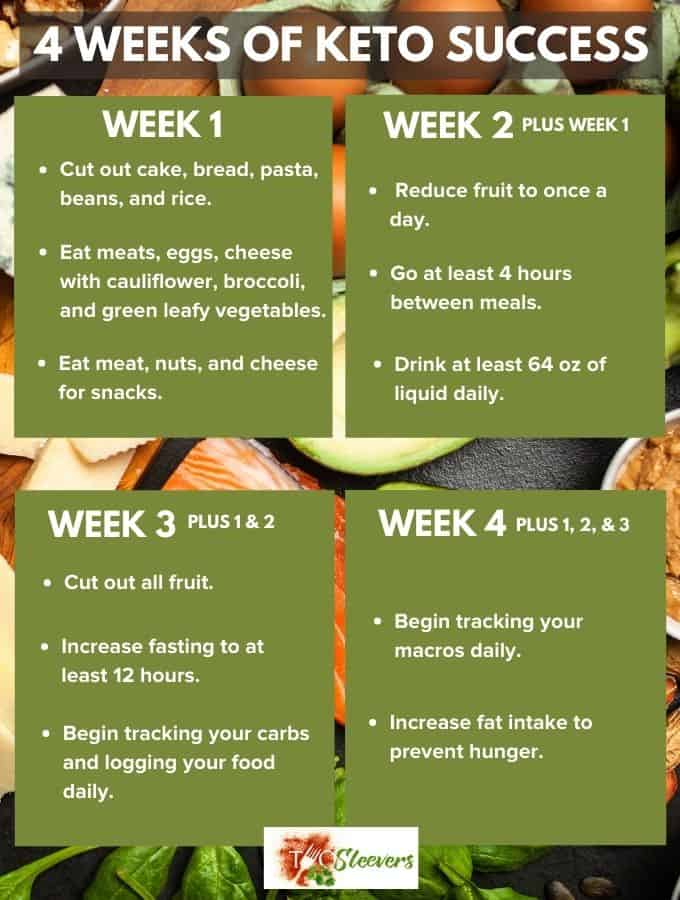Unknown Facts About The keto diet: pros, cons and tips - The Portland Clinic


How long should you stay on keto? Why I cycle on and off the Keto Diet - On and Off Keto

The keto diet: 5 fast facts - The DO
The Ultimate Guide To I'll Never Do the Keto Diet Again, Even Though I Lost 120
It also turns fat into ketones in the liver, which can provide energy for the brain (). Ketogenic diets can cause significant reductions in blood glucose and insulin levels. This, together with the increased ketones, has some health benefits (,, ). The keto diet plan is a low carbohydrate, high fat diet plan.
There are numerous variations of the ketogenic diet, including: This is a really low carbohydrate, moderate protein and high fat diet plan. It generally includes 70% fat, 20% protein, and only 10% carbohydrates (). This diet involves periods of greater carbohydrate refeeds, such as 5 ketogenic days followed by 2 high carbohydrate days.
This resembles a basic ketogenic diet plan, but includes more protein. The ratio is frequently 60% fat, 35% protein, and 5% carbohydrates. Nevertheless, just the standard and high protein ketogenic diets have been studied extensively. custom keto diet or targeted ketogenic diet plans are more sophisticated approaches and mostly utilized by bodybuilders or athletes.
What Is the Keto Diet and Does It Work? - The New York Times Fundamentals Explained

There are several variations of the keto diet plan. The requirement (SKD) variation is the most investigated and the majority of recommended.Ketosis is a metabolic state in which your body utilizes fat for fuel instead of carbohydrates. It happens when you considerably minimize your intake of carbs, restricting your body's supply of glucose(sugar), which is the main source of energy for the cells. Generally, this includes limiting carbohydrate usage to around 20 to 50 grams per day and filling up on fats, such as meat, fish, eggs, nuts, and healthy oils( ). It's likewise crucial to moderate your protein intake. This is due to the fact that protein can be transformed into glucose if consumed in high amounts, which might slow your transition into ketosis (). There are various kinds of periodic fasting, however the most typical approach includes restricting food intake to around 8 hours each day and fasting for the remaining 16 hours( ). Blood, urine, and breath tests are readily available, which can help identify whether you have actually gone into ketosis by determining the amount of ketones produced by your body.Certain signs may also suggest that you've gotten in ketosis, consisting of increased thirst, dry mouth, frequent urination, and decreased cravings or appetite(). One review of 13 research studies found that following a really low carbohydrate, ketogenic diet was a little more effective for long-lasting weight-loss than a low fat diet plan.
